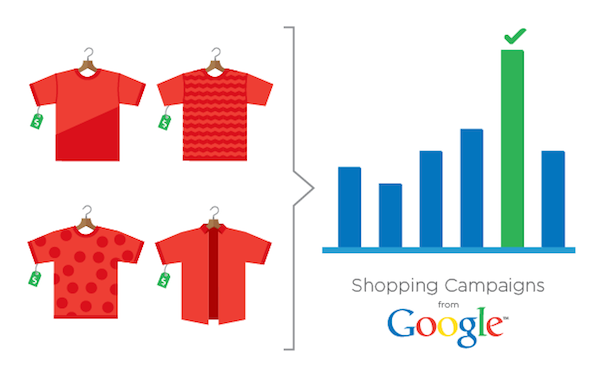
Last week, Google confirmed that it would be forcing migrations from the current PLA format to the new Shopping Campaigns by August. Immediately many compared it to last year’s enhanced campaign migration.
While last year’s update seemed to serve Google only, by forcing a combination of campaign types that advertisers wanted to keep separate, this update should be very beneficial to advertisers. Here are the most compelling new features Google is rolling out, with some color on how they will benefit retailers going forward.
1. SKU Level Reporting
With this update, Google is finally giving retailers SKU level detail around their PLA performance in both the interface and via their API. Previously this was only available in analytics or campaign management tools that were configured appropriately to track SKU level PLA data.
By opening this up to the masses, Google is enabling retailers to glean some of the following insights:
- How Google matches SKUs to queries.
- Which variants within an item group are actually displaying.
- Frequency of sale items being displayed vs. non-sale items.
- What happens when you set priority on certain items.
2. Custom Labels
By adding five custom feed labels, Google has given retail marketers who can manipulate feeds more flexibility around how they manage campaigns. Historically you would give Google a feed and let the chips fall where they may – now this feature allows you to better control your merchandise within the channel.

Custom labeling will allow retailers to integrate more detailed product information into their feeds and ultimately their campaigns. If you wanted to heavily promote distressed inventory, high margin offerings, products where you have limited price competition, or loss leaders, you can now create your product groups to align with those buckets.
3. Campaign Prioritization
Google now gives the ability to prioritize certain products or segments within the campaign so that retailers can drive traffic to those products without the complexity of having to adjust bids up and down to hope that they might trump others.
One example of this is the ability to create a campaign around all items that are on promotion such that promotional products always have priority when a set of products is triggered by a user query.

4. Impression Share
PLA bidding seemed like something of a black box prior to this update. Often advertisers bid quite a bit higher and not increase their traffic/revenue due to the fact that they were already in top positions, while others needed only slight bid increases to move into position and generate considerably more traffic.
With the inclusion of impression share in reporting, Google is offering a glimpse into what is necessary to gain coveted PLA positioning, which should help decision making going forward.
Impression share isn’t the share of all of your possible traffic that you are occupying. Rather, it just represents the marketplaces that you are eligible for today. Bidding more is thus not the only way to improve impression volume off of these reports – if you improve your feed content, you should see more matching and higher impression volume as well.
Summary
There is a lot to like in this Google update and there are many more features to benefit marketers above and beyond the ones listed here. However, if you’re fearful that you won’t be up to speed by August on everything that will change in PLA, focusing on these four will give you the biggest bang for your buck.


